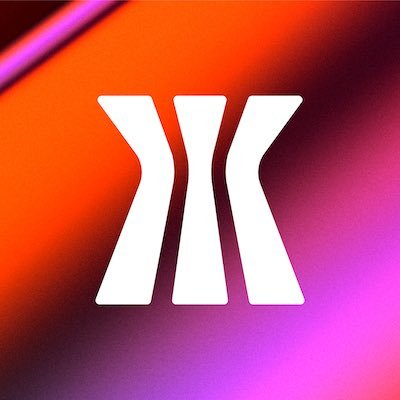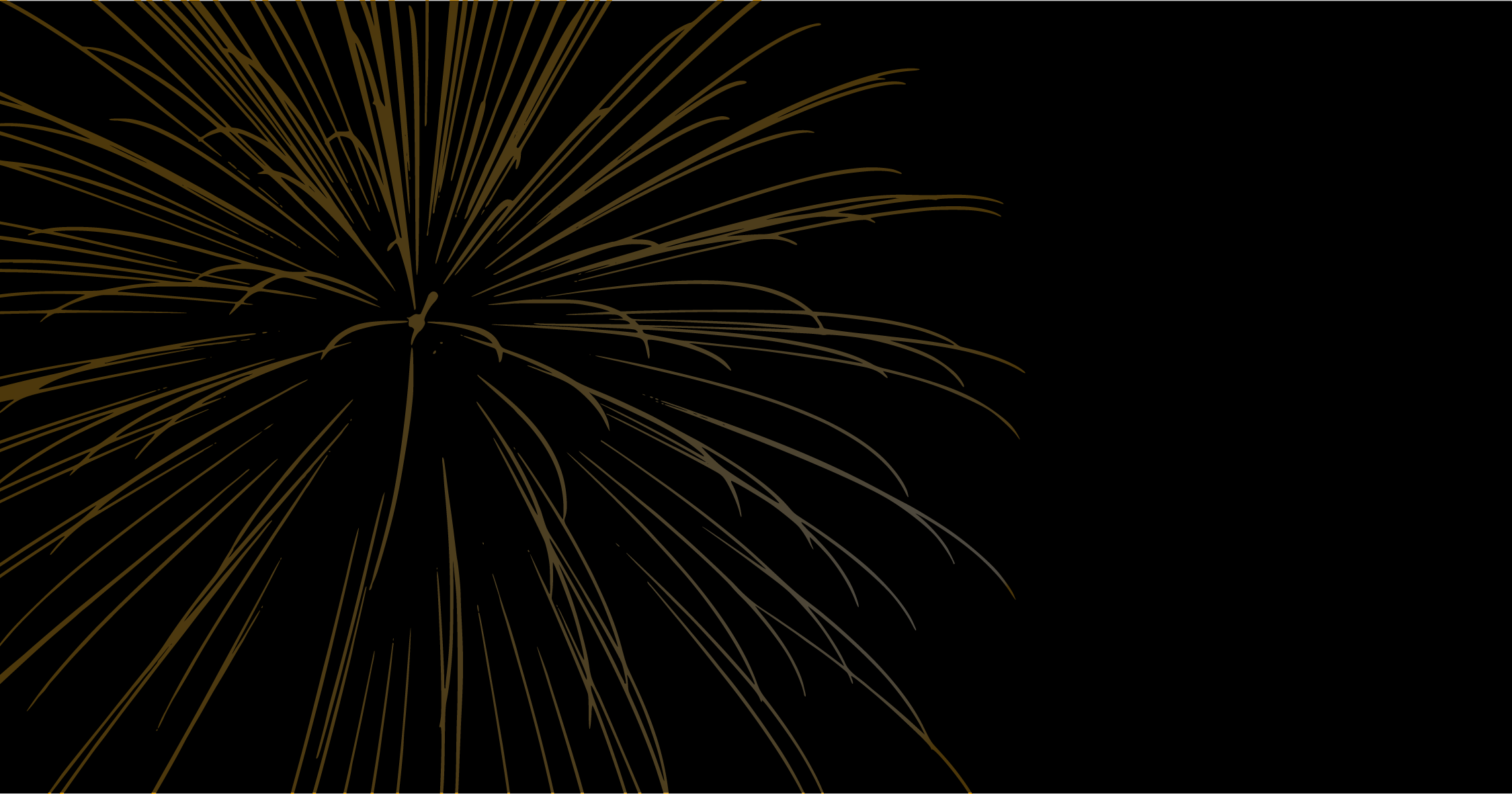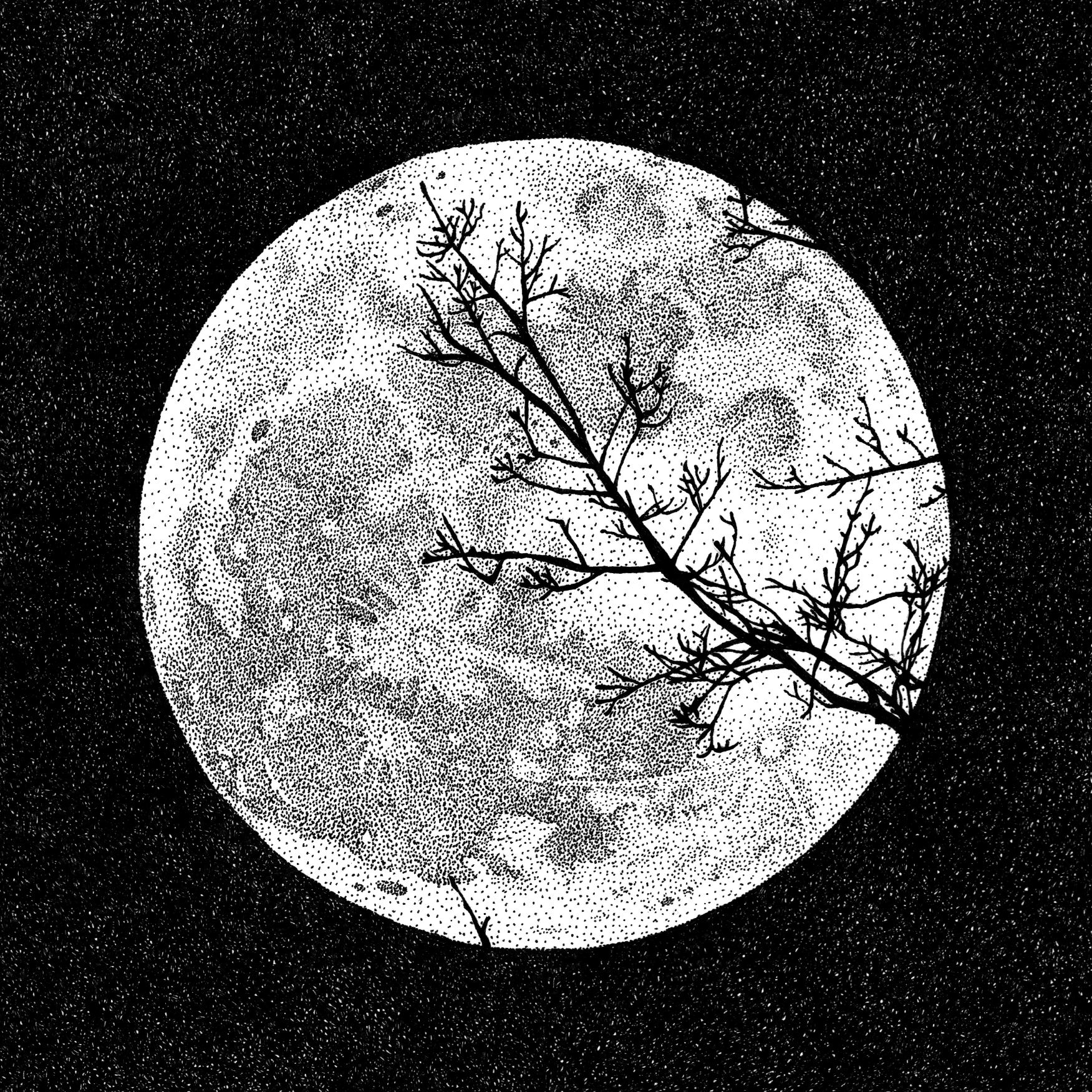To begin, could you share a bit about you as a person and your artistic journey? How did you start creating digital art, and what led you to release your work using Bitcoin ordinals? How has that experience been?
I’ve been drawing and painting since childhood, with a formal education from the School for Applied and Visual Arts in my hometown. My journey into digital art began when I encountered the net art of JODI and Marc Napier, which fascinated me. I immersed myself in learning HTML, JavaScript, Flash, and more, driven by a desire to merge technology with artistic expression. My digital art reflects a blend of my explorations with both painterly techniques and creative coding, a combination that dates back to my use of Fractal Painter 5 and Actionscript 1.0.
Releasing my work using Bitcoin ordinals has been a unique challenge and opportunity. Ordinals offer a chance to integrate my skills with cutting-edge technology while preserving my art on the blockchain. This experience has been a balancing act, but it has allowed me to push the boundaries of my creative process.
How would you describe your artistic approach, and what elements or themes do you frequently explore in your creations? What feels authentic to you when creating?
My art often strikes a balance between elegance and strangeness, which might not be immediately understood by everyone. Before sharing my finished pieces, I like to live with them for a while to see if my perception changes or if I still feel connected to them. This reflection is crucial in ensuring that my work feels authentic and true to my vision.
How does creating on BTC enhance or influence your artistic expression? Has it been a different experience for you in comparison to other blockchains?
Using Bitcoin ordinals for releasing my art was inspired by a desire to explore new creative avenues. Despite initial difficulties, the constraints of ordinals encouraged me to develop innovative approaches. I find satisfaction in discovering beauty within these limitations, and adapting to these constraints has become a significant part of my artistic process.
Could you highlight some of your works that hold special significance to you, and share the stories or inspirations behind them?
I’ve released several works through Gamma, including prints and a collection called Editions, with a gen art collection on the horizon. My first print is static and serves as a precursor to my ongoing research into shaders. Other pieces are rooted in creative coding. My latest work, "Love" (also known as "Love Life of the Others"), is a fun creation intended as a gift for collectors of my previous prints. My upcoming collection features ordinals depicted as watercolor blobs, inspired by the current summer heat in my locale.
Before diving into digital art, did you have a background in traditional art forms? How has your artistic journey evolved, and in what ways has the transition to digital art impacted your creative process?
Before delving into digital art, I had a background in traditional art forms, exhibiting my work at venues such as Ars Electronica Linz, Eyebeam NYC, and MIT Boston. Throughout my career, I’ve also curated new media and digital art. For me, digital art and traditional art are seamlessly interconnected, and I perceive them as one continuous journey rather than a transition.
Are there specific lessons or insights you've gained that have shaped you beyond your role as an artist?
Volunteering in the crypto art scene allowed me to make many connections and grow both personally and artistically. Reflecting on that period, I’m grateful for the experiences, even though I sometimes wish I had more time for my own art. Over the past two years, I’ve adopted a faster pace in learning, creating, and releasing my work. Despite the challenges, I find myself still drawn to my old processing sketches, eager to explore and translate them into new formats.
Who are your artistic influences?
My influences include early digital pioneers from the 60s and 70s, such as Picelj and Bonacic, as well as Juan Le Parc, known for his light explorations. While my imagination drives my creative journey, these influences subtly impact my work. I also have a tendency to experiment with unconventional coding approaches, which I enjoy for their originality and uniqueness.
Looking ahead, what are your aspirations as a digital artist using Bitcoin ordinals? Are there specific projects or goals you are working towards?
Working in the digital and cryptocurrency spaces has been a significant part of my identity as an artist. I don’t see these changes as detracting from my human traits but rather as enhancing them. Adapting to new challenges and technologies has become an integral part of my growth, both as a creator and as an individual.
Looking ahead, my aspirations involve continuously learning and integrating new technologies into my creative processes. I’m excited about the future of Bitcoin ordinals and am eager to share more of my work as I continue to explore and innovate.
What advice would you offer emerging artists based on your experiences and insights gained so far?
For those aspiring to integrate cryptocurrencies into their art, my advice is to be persistent in researching and understanding new technologies. Find the ones that best align with your creativity and remain true to your vision. The journey of blending art with technology is as much about discovery as it is about personal expression.


.jpg)

